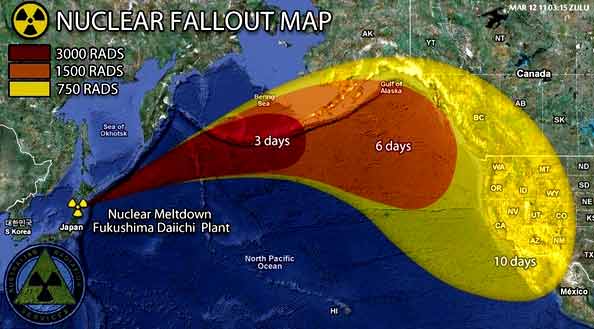Homer’s Odyssey is a fable 3000 years old, first recited when civilization was of middling age, that is, well – or not so well – underway, neither young nor terminal. As Homer put it, via W.H. D. Rouse’s translation, “This is the story of a man, one who was never at a loss.” And “he endured many troubles and hardships in his struggle to save his own life and to bring his men back safe to their homes. He did his best, but he could not save his companions. For they perished by their own madness….”
Resourceful was much challenged Odysseus, on his long journey, told in Homer’s plain language.
In the 20th century, Thor Heyerdahl sailed the oceans in archaic sea craft, some of which were so ancient in design as to predate Homer by many years. Heyerdahl’s adventurous voyages were, among other things, attempts to reveal aspects of the will o’ the wisp of the time when civilization was young. Indeed Heyerdahl gave the subtitle ‘In Search Of Our Beginnings’ to his book The Tigris Expedition.
Resourceful was Heyerdahl. Heyerdahl built vessels based on thousands-years-old drawings of Sumerian and Egyptian reed/papyrus ships. He found them – despite his own inexperience and with inexperienced crews – quite capable of extended ocean voyages. Pertinent to Dana’s route and adventures, Heyerdahl declared the shores with their rocks and currents and tides and buffeting winds more challenging than the wide open ocean.
He tells of his adventures in plain language in several popular books. The Tigris Expedition ends after sailing over 6000 kilometers around the Indian Ocean with 11 companions from various countries. Heyerdahl ends up burning at sea his beautiful, still sea-worthy Sumerian-design rope-and-woven-reed ship near Yemen “to protest against the inhuman elements in the world of 1978….We must wake up to the insane reality of our time….

